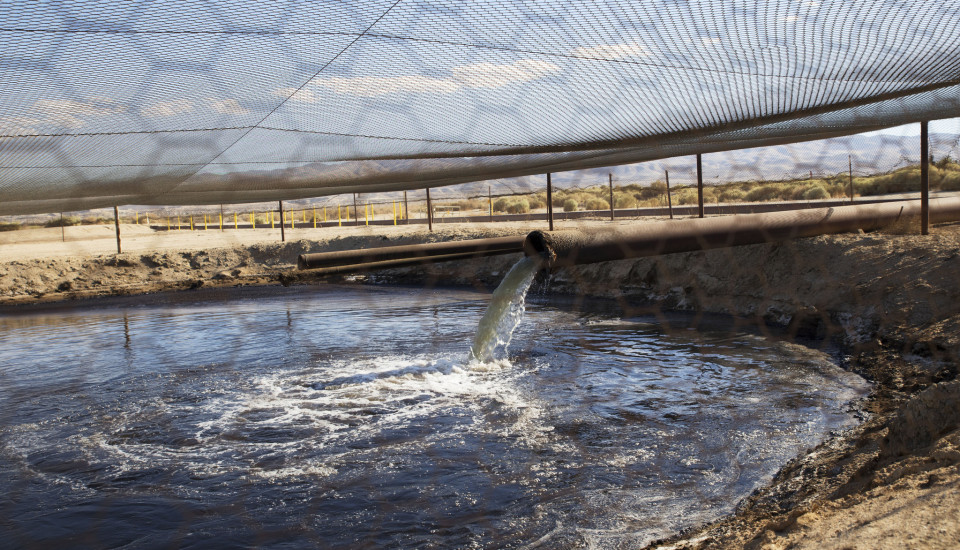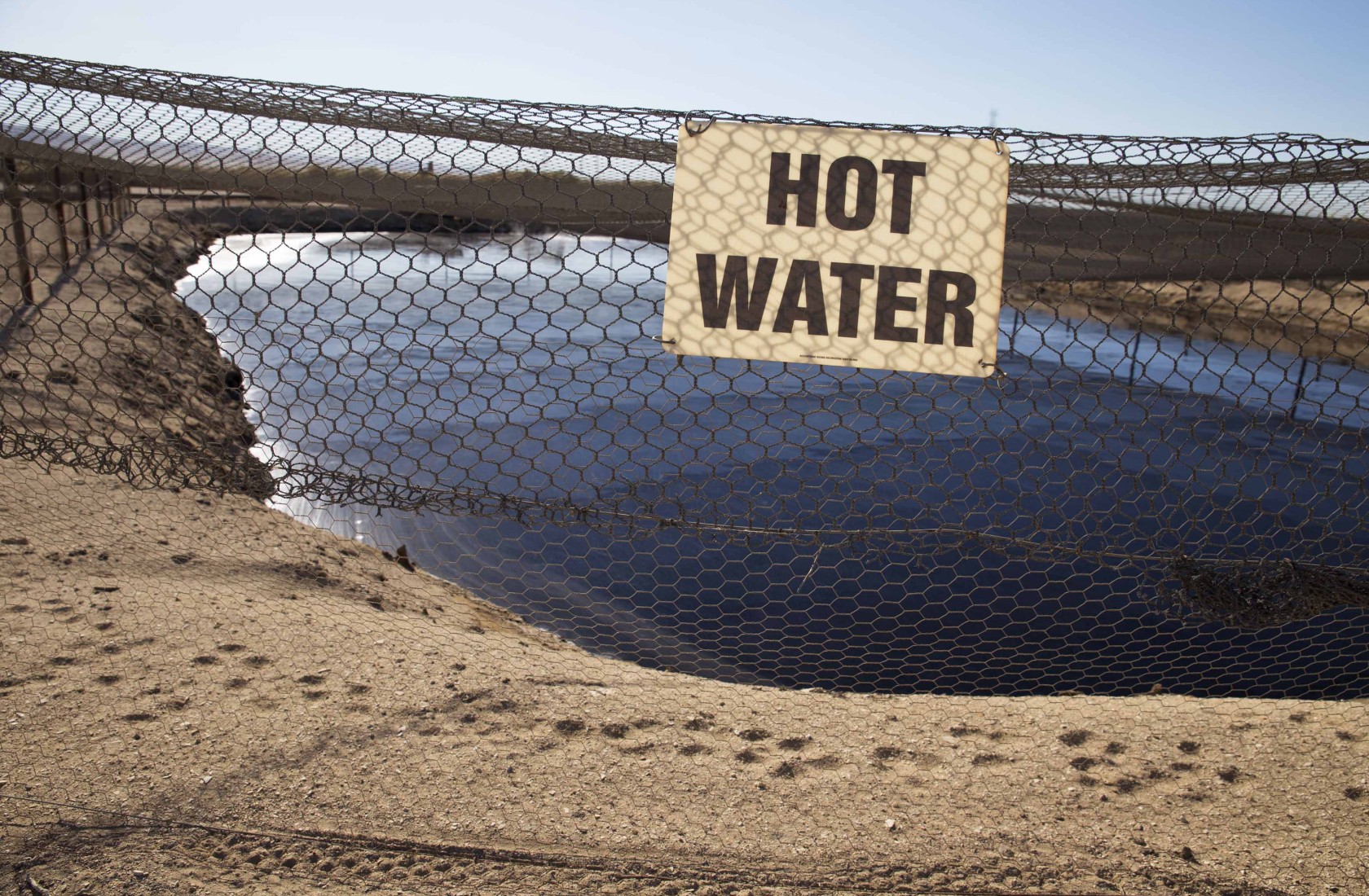
When I got out of Rosanna Esparza’s car, a mixture of smelly eggs and sewer sludge hit me. I was just feet away from an unlined pit used to dump wastewater from oil and gas operations and I had to resist from gagging.
Any sane person would take one look — and one whiff — and book it out of there. But I was going to go closer. I had come there to record the evidence of how California disposes the toxic leftovers from fracking and other types of oil and gas techniques.
After getting the photos, I got back in Rosanna’s car as quickly as I could. “Let me know if I need to pull over,” she told me. I silently hoped that the nausea would pass before resorting to the road side. Earlier that month, she had taken researchers to the site to show them the open-air unlined pits and many of them got sick.
On the heels of that visit, two environmental organizations, Clean Water Action (where Rosanna works) and Earthworks, decided to investigate the air, water, and health impacts of discharging toxic waste into the 432 active pits close to some of the most valuable farmland — and farming communities — in the state.
A report, “In the Pits,” released this week, found that the pits pose numerous environmental and health risks. At one disposal site, air sampling identified 24 volatile organic compounds (or VOC’s), methane, and two chemicals — Benzene and 2-Hexanone — that were above the EPA’s Long Term Effects Screening Levels that are used to identify health consequences.
The report focused on several pits near McKittrick, California. These pits were the ones where I witnessed only a small portion of the total four million gallons of wastewater that is disposed of every day. After reviewing public documents, the investigation found that a plume of wastewater — matching the chemical make-up of the wastewater in the McKittrick pits — migrated about a mile to the northeast, very close to high quality groundwater sources used for agricultural activity.
According to the report, these pits have gone unnoticed for too long — largely due to intense lobbying by the oil and gas industry to get most of their waste exempt from federal hazardous waste regulations. “In the Pits” recommends the State Water Board immediately halt all discharge of oil and gas waste, determine where water sources have been contaminated by the pits, and lay out clean up strategies.
After my first-hand wastewater experience, I vowed I would never return. The smell, the thick green and black liquid, the sticky vapors in the air coming off the pits; all were enough to deter me as Rosanna and I drove away, off to my air conditioned hotel room and water bottled from a far away source. And now, after reading this report, my vow holds more steadfast than ever.

Tell others about this
Faces of Fracking is a multimedia project telling the stories of people on the front lines of fracking in California.